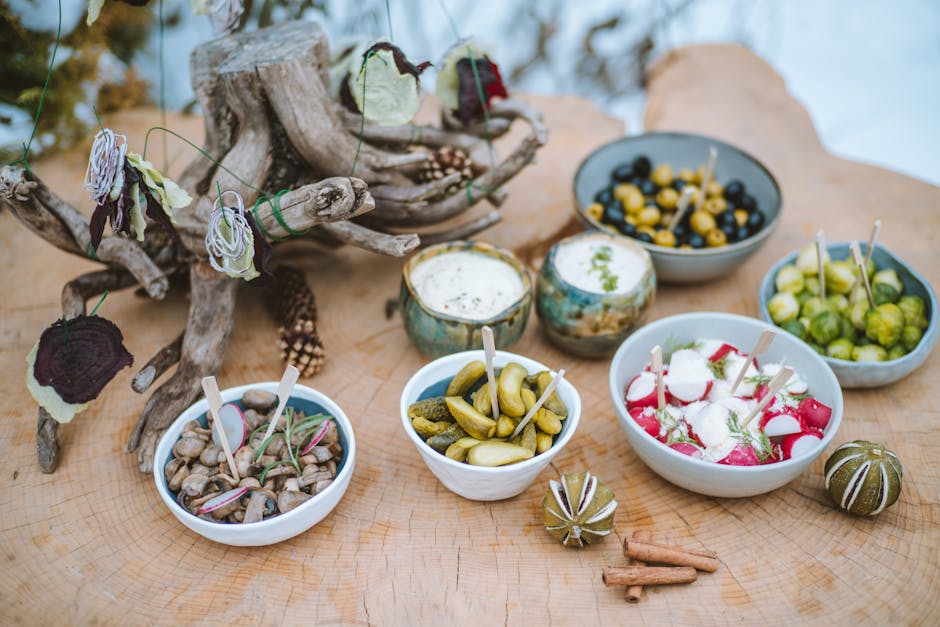The Common Cold: A Persistent Puzzle
Every year, millions of people battle sneezing, coughing, and congestion from the common cold. Yet, unlike diseases like polio or measles, we still don’t have a vaccine for it. The reason? A perfect storm of viral diversity, scientific hurdles, and economic realities.
1. Too Many Viruses to Target
The common cold isn’t caused by just one virus—it’s triggered by over 200 different strains, including:
– Rhinoviruses (30–50% of colds, with 160+ strains)
– Coronaviruses (including milder strains, not just COVID-19)
– RSV, adenoviruses, and parainfluenza viruses
Creating a single vaccine to cover all these pathogens is like trying to hit hundreds of moving targets at once.
2. Rapid Mutations Make Immunity Tough
Cold viruses, especially rhinoviruses, mutate quickly. This means:
– Immunity from a previous infection (or theoretical vaccine) may not last.
– The virus can evade defenses, similar to the flu—but with even more variability.
3. Is a Cold Vaccine Worth the Investment?
Most colds are mild and resolve within a week. For pharmaceutical companies, the costs of developing a vaccine may not outweigh the benefits when compared to high-impact diseases like COVID-19 or flu. Key considerations:
– Public health priority: Colds rarely cause severe outcomes in healthy people.
– Economic feasibility: Vaccines must be profitable to justify R&D costs.
4. Future Breakthroughs on the Horizon
While a universal cold vaccine isn’t here yet, researchers are exploring:
– Multi-strain rhinovirus vaccines targeting stable viral proteins.
– Broad coronavirus vaccines (building on COVID-19 advancements).
– Antiviral drugs to reduce symptoms or shorten illness.
How to Protect Yourself Now
Without a vaccine, prevention is key:
✅ Wash hands often (cold viruses spread via surfaces).
✅ Strengthen immunity with sleep, nutrition, and exercise.
✅ Avoid close contact with symptomatic individuals.
The Takeaway
A cold vaccine remains a daunting challenge due to viral complexity and limited incentives. But with advancing science, a breakthrough could emerge in the coming decades. Until then, traditional remedies and hygiene are your best allies.
For more health and science updates, follow NextMinuteNews.




